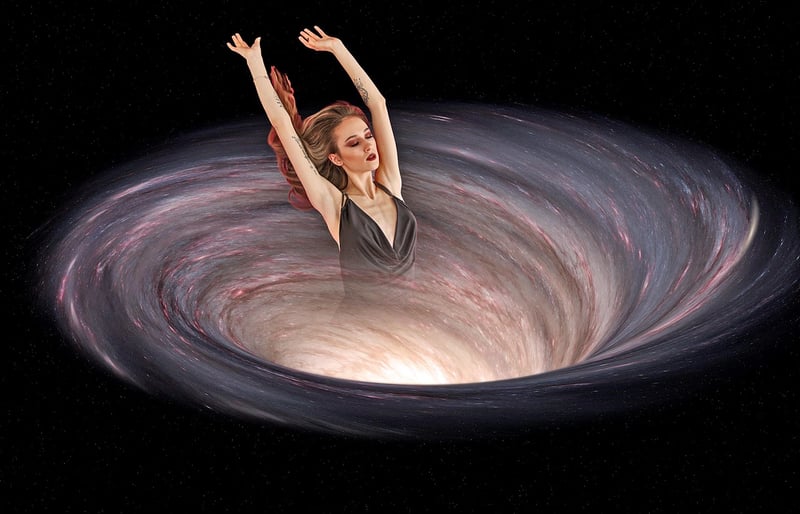Wormholes
The Science Behind Time Travel and Wormholes
Introduction
Time travel has been a popular topic in science fiction for decades, but is it actually possible? In this article, we will explore the scientific theories behind time travel and how wormholes play a crucial role in this fascinating concept.
Understanding Time Travel
Time travel refers to the concept of moving between different points in time, similar to how we move between different points in space. According to Einstein's theory of relativity, time is relative and can be affected by gravity and velocity.
Einstein's Theory of Relativity
Albert Einstein's theory of relativity, specifically the theory of general relativity, suggests that massive objects can warp space-time around them. This warping of space-time can create pathways known as wormholes.
Wormholes: The Key to Time Travel
Wormholes are hypothetical tunnels in space-time that connect two separate points in space and time. These theoretical passages could potentially allow for time travel to occur.
How Wormholes Work
Imagine space-time as a flat sheet of paper. By folding the paper in a specific way, you can create a shortcut between two distant points. This folding represents how a wormhole could connect two separate locations in space-time.
Challenges and Limitations
While the concept of wormholes and time travel is intriguing, there are significant challenges and limitations that need to be overcome. The existence of wormholes has not been proven, and even if they do exist, they may be unstable or require exotic forms of matter to keep them open.
Conclusion
Time travel and wormholes are captivating topics that push the boundaries of our understanding of the universe. While the scientific feasibility of time travel remains uncertain, the exploration of these concepts continues to inspire curiosity and imagination.
References:

